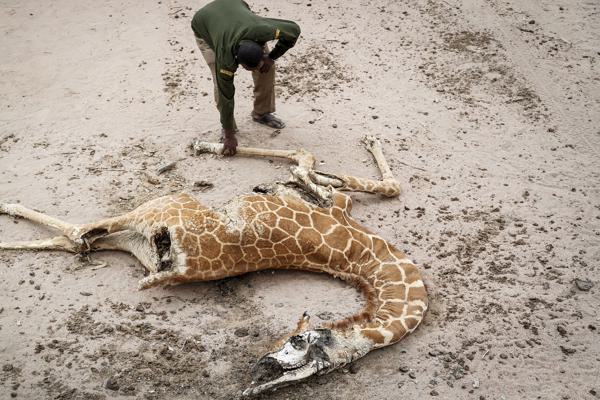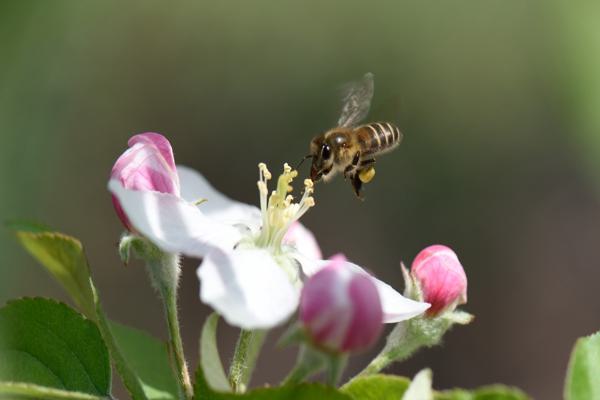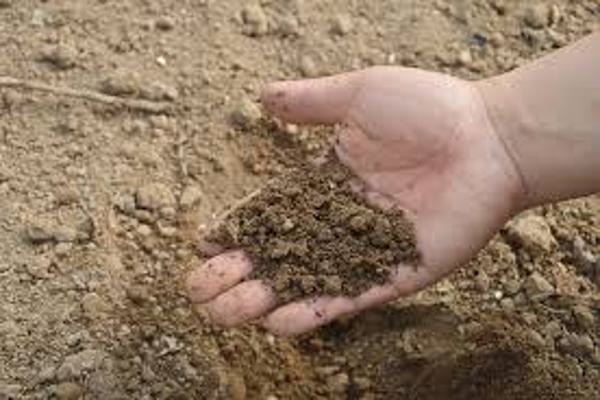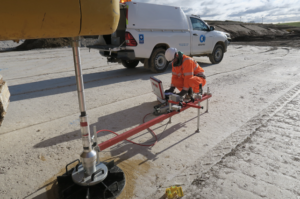How Do Soil Experimental Tests Illuminate the Critical Linkages in Animal Conservation?
Animal conservation is often seen through the lens of visible threats—habitat loss, poaching, climate change. But beneath the surface lies another story: the soil ecosystem1. Soil isn’t just a growing medium—it’s a living foundation that directly affects the health, behavior, and survival of animals. With the rise of soil experimental testing2, conservationists now have the tools to reveal how changes in soil chemistry, biology, and structure shape wildlife populations3 and habitat resilience. Here’s how these tests illuminate the vital link between soil and animal conservation.
Soil-Borne Disease Vector Detection Tests in Wildlife Health Management
Many wildlife diseases have their origins in the soil. Pathogens like fungi, bacteria, and parasites4 can persist in the ground and pose significant risks to animals, especially in high-density or disturbed habitats. Soil-borne disease detection tests help conservationists identify hidden health threats5 and take proactive measures.
Common Soil-Borne Pathogens:
- Bacillus anthracis (anthrax spores)
- Histoplasma capsulatum (respiratory fungus)
- Nematodes and parasitic larvae (affecting ungulates, birds, and rodents)
Testing Techniques:
- PCR-based soil DNA analysis for pathogen identification
- Culture-based detection for fungi and parasites
- Spore viability and density assays in disease hotspots
| Test Site | Anthrax Spore Load (spores/g) | Wildlife Mortality Risk |
|---|---|---|
| Savannah Wetland | 10 | Low |
| Bison Grazing Corridor | 2,500 | High |
| Forest Edge | 400 | Moderate |
By detecting pathogens early, land managers can restrict access, vaccinate species, or amend soils to prevent outbreaks.

Soil Microbial Functional Gene Assays in Restoring Pollinator Habitats
Pollinators—especially bees, butterflies, and beetles—depend on flowering plants that are supported by microbial processes in the soil6. Functional gene assays assess the activity of microbes involved in nutrient cycling, nitrogen fixation, and organic matter breakdown—all of which influence floral diversity and nectar quality7.
Target Genes in Functional Assays:
- nifH: Nitrogen fixation
- phoD: Phosphorus mobilization
- amoA: Ammonia oxidation
- chitinase genes: Fungal pathogen suppression
| Habitat Condition | nifH Gene Abundance (copies/g) | Pollinator Species Richness |
|---|---|---|
| Native Prairie | 3.2 × 10⁶ | High (25+ species) |
| Degraded Farmland | 0.9 × 10⁶ | Low (5–7 species) |
| Restored Meadow | 2.7 × 10⁶ | Moderate to high (18 species) |
These assays guide microbial enhancement strategies—like inoculating soil with beneficial bacteria or adjusting pH—to boost plant-pollinator relationships.

Soil Nutrient Limitation Analysis for Enhancing Biodiversity of Faunal Communities
Soil nutrient imbalances can lead to monocultures8, limiting food variety and habitat for animal communities. Soil nutrient limitation analysis identifies shortages in key elements like nitrogen, phosphorus, potassium, calcium, and micronutrients9, helping ecologists manage landscapes for maximum biodiversity10.
Typical Assessment Methods:
- Mehlich-3 and Bray extractions for available nutrients
- C:N:P stoichiometry tests to understand nutrient balance
- Plant bioassays to track nutrient limitation effects on vegetation diversity
| Soil Sample | Limiting Nutrient | Observed Faunal Diversity (Shannon Index) |
|---|---|---|
| Coastal Marshland | Nitrogen | 2.9 |
| Degraded Forest Floor | Phosphorus | 1.7 |
| Managed Grassland | Balanced | 3.5 |
Results inform fertilization or organic amendment plans to diversify plant communities, which in turn support more insects, birds, and small mammals.

Soil Fauna–Driven Soil Structure Changes Tests in Coastal Ecosystem Restoration
In many coastal ecosystems, the activity of soil fauna—such as crabs, worms, and isopods—directly shapes the physical structure and stability of the soil. Experimental tests assess how these creatures influence erosion, water retention, and vegetation regeneration.
Measurement Techniques:
- Soil aggregate stability tests with and without fauna
- Erosion rate simulation under tidal or wind stress
- Burrow density mapping using drones or ground-penetrating radar
| Treatment | Soil Porosity (%) | Erosion Rate (cm/year) | Vegetation Recovery |
|---|---|---|---|
| With native crab population | 42 | 0.6 | Rapid |
| Without soil fauna (control) | 31 | 2.1 | Delayed |
| Reintroduced isopod colonies | 39 | 0.9 | Moderate |
These results guide decisions in fauna reintroduction, erosion control, and sediment stabilization, enhancing the resilience of coastal wildlife habitats.

Conclusion
Soil experimental tests are unveiling the hidden biological connections that tie animal conservation to soil health. From detecting disease vectors and supporting pollinators to restoring structure and nutrient balance, these tests provide a ground-up perspective on ecosystem protection. In conservation, soil is more than dirt—it’s a biological foundation that sustains wildlife and holds the key to rebuilding the natural world.
-
Understanding the soil ecosystem is crucial for effective animal conservation strategies, as it impacts wildlife health and habitat resilience. ↩
-
Soil experimental testing provides insights into soil health, which is essential for maintaining diverse and resilient wildlife populations. ↩
-
Exploring how soil health influences wildlife populations can enhance conservation efforts and promote biodiversity. ↩
-
Understanding the impact of these pathogens is crucial for wildlife conservation and health management. ↩
-
Exploring methods to detect hidden threats can enhance conservation efforts and protect wildlife populations. ↩
-
Understanding microbial processes can enhance your knowledge of soil health and its impact on pollinators, crucial for biodiversity. ↩
-
Exploring this link will reveal how floral diversity supports pollinator health and ecosystem balance, vital for agriculture. ↩
-
Understanding the impact of monocultures can help in developing strategies to enhance biodiversity in agricultural practices. ↩
-
Exploring these nutrients’ roles can provide insights into improving soil health and agricultural productivity. ↩
-
Learning effective landscape management techniques can significantly contribute to preserving and enhancing biodiversity. ↩







